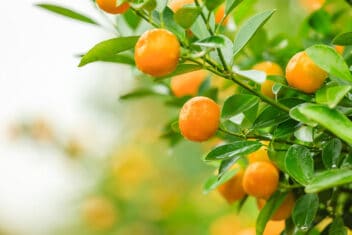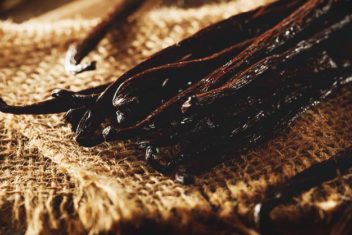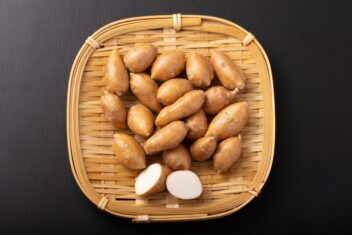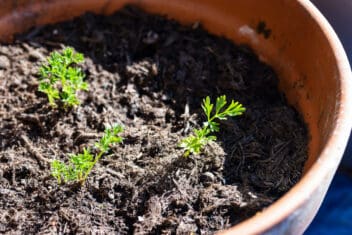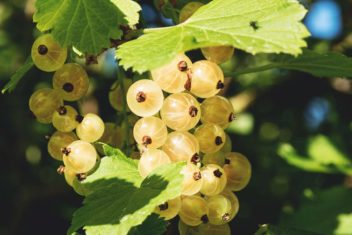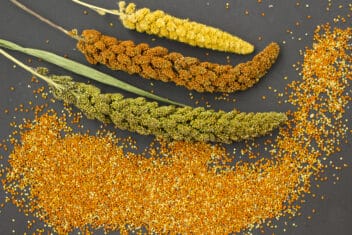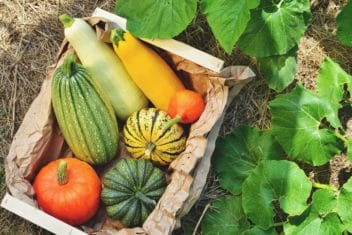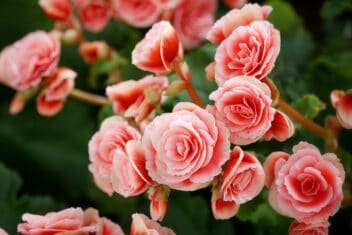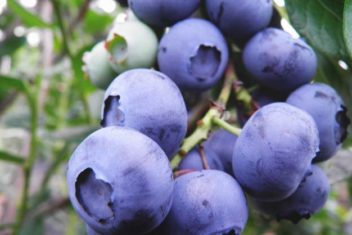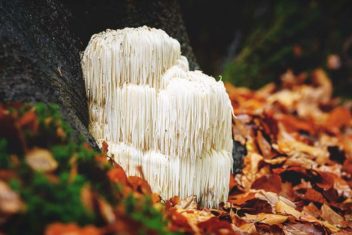Apples, pears, and oranges are fantastic, but sometimes you want something a little less common. If so, you might want to consider growing longans. These tropical fruits have a sweet, floral flavor with juicy flesh. While you can sometimes buy these fruits in the store, they’re phenomenal fresh off the tree.
If you live in a warmer part of the US, you can grow these trouble-free trees and enjoy the fruits by the handful.
Ready to learn more about the lovely longan tree? Let’s jump right in.
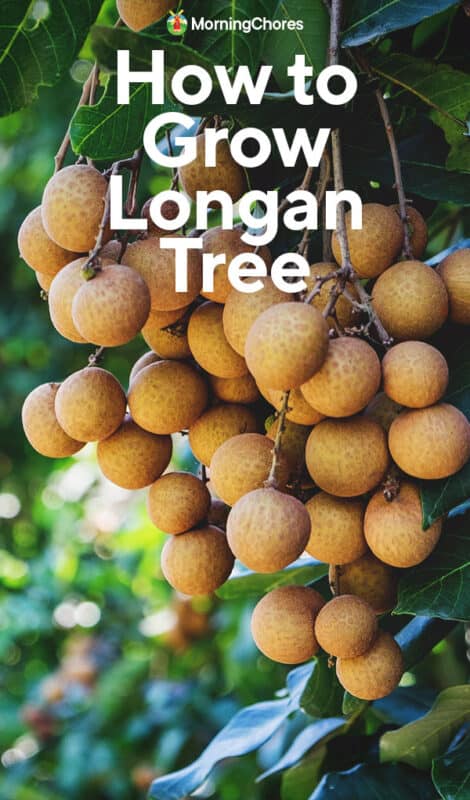
Best Longan Varieties
Longans are related to lychees and have a sweet, fruity flavor. The trees can handle cooler temps than lychees, but the fruits are smaller and slightly less sweet. The trees themselves are beautiful, with glossy, dark green leaves.
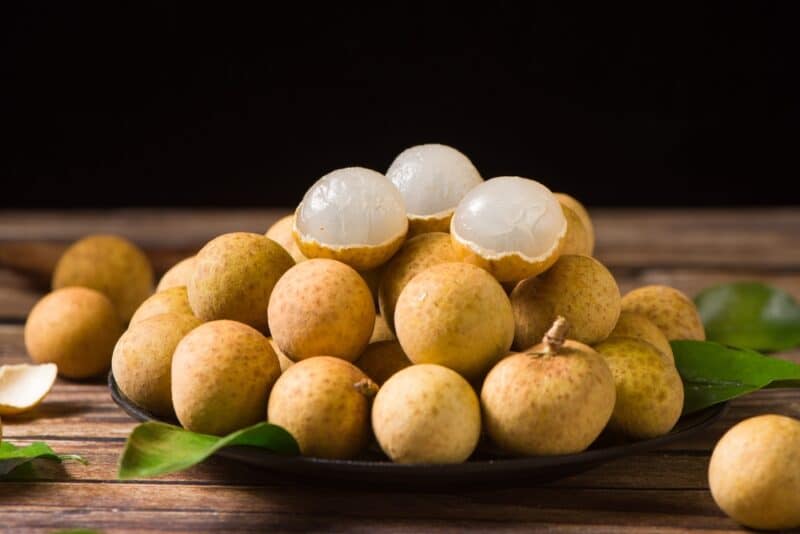
There are many varieties of longans, some better suited to growing in the US than others:
- Wu Yuan – this is a vigorous grower but the fruits are sour, so its best for canning.
- Kao Yuan – another good fruit for canning.
- Tsao Ho – while the fruits aren’t the best, this is one of the earliest cultivars to fruit.
- She p’i – this one has the largest fruits of any cultivar and is one of the latest to fruit.
- Hua Kioh – the fruit on ‘Hua Kioh’ is extremely mild.
- Fukien – sweet, medium-sized fruits.
- Lungan Late – matures late in the year.
- Kohala – grown in Hawaii and Florida, the fruits are sweet, spicy, and the seeds are small. One of the best cultivars to grow in the home orchard.
- Diamond River – medium-quality fruits on a reliable producer.
- Chompoo – medium-sized fruits with pink flesh and an incredibly sweet, pleasant flavor.
- Haew – delicious flavor with lots of flesh.
Planting Longans
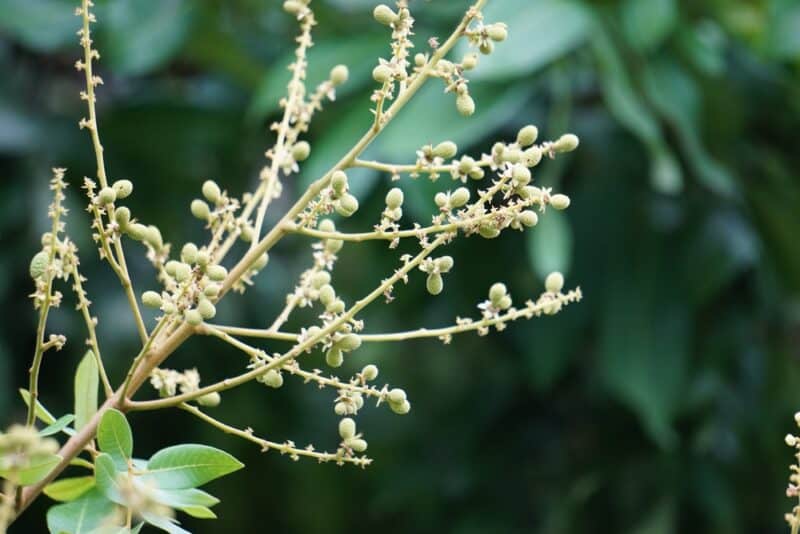
Longans can only survive in tropical or semi-tropical regions. They thrive in warm weather and anything less than 24°F will likely kill this tree, and will certainly result in frost damage. It grows best in USDA Growing Zones 9-12.
You can grow longans in Puerto Rico, California, Hawaii, and Florida. In their native environment, they can grow up to 100 feet tall, but they stay closer to 40 feet tall in the US.
The best type of soil for longans is rich, sandy, loamy earth that drains well. The pH should be slightly acidic. Amend your soil at least three times as wide as the pot the plant is growing in when prepping the area. If you live in an area with a low water table, create a large mound when planting to ensure the roots will be above the water table.
Planting Seeds
If you’re using the seed from an existing longan fruit then you should clean it thoroughly and let it dry for four days. If the seed is older than a week old, it might not germinate, so plant right away.
Plant in a mixture of equal part sand and moss in a nine-inch container. Water well and place in bright, indirect light. You should see new growth emerging within two weeks. Harden off for a few weeks once the plant is about six inches tall.
Leave the plant outside in the pot for two years. Make sure to keep the seedling watered and fed with a balanced fertilizer as it grows. After two years, you can plant in the ground during the dormant winter season.
Be aware that trees grown from seed won’t grow true to type, but you’ll still end up with a lovely harvest.
Planting Seedlings
You can purchase longan seedlings, and this is a sure way to get your hands on the cultivar you prefer. Amend the soil with plenty of sand if it isn’t already quite sandy. Keep 40 feet between plants.
Alternately, you can plant your seedling into a larger container and grow it indoors. Use a mix of moss, sand, and perlite. Place the container somewhere the tree will receive at least six hours of sunlight each day.
Caring for Longans

Caring for any plant requires your time and energy. But once they’re established, longans don’t actually need much in the way of care. Water, feeding, and pruning are your primary chores when growing longans.
Of course, as with any plant, you need to water longan trees frequently if you don’t have regular rainfall. The amount of water will change depending on the location, climate, and humidity levels in your area. If you notice that the upper inch of soil is dry, that’s a sign that it needs to be watered.
These trees can handle some flooding, but not drought, especially when they’re young.
Fertilizer
Use a balanced fertilizer with an NPK of 6:6:6 or 15:15:15. Fertilize once in the spring and once in the summer in the first year. In the following year, fertilize every six-eight weeks.
Weeding
If you’re planting outside you’ll need to be conscious of weeds. Every few months, head out to your tree and hand pick any weeds that have popped up. Weeds compete with the tree for nutrients and water, but longans have shallow roots, so you don’t want to till weeds.
Pruning and Thinning
In addition to weeding, pruning is also essential to keep your longan tree in the best condition. You should remove any dead or diseased branches right away. If your tree has lots of dense branches, you might want to thin things out a little to encourage airflow.
You should also remove any shoots so they don’t leach nutrients from the young tree.
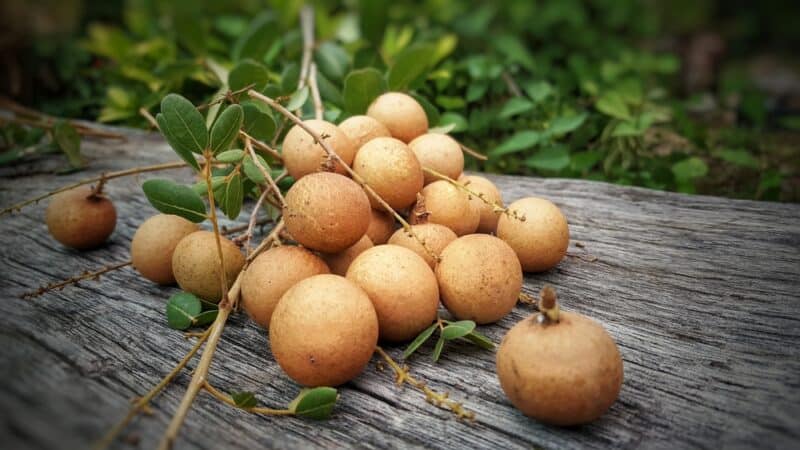
If you have a lot of fruits forming on one panicle, thin out a fourth to a half of the smaller fruits to encourage larger fruit growth.
Pests and Diseases
Healthy longans are less susceptible to pests and diseases, so do your best to support your growing tree during times of stress such as drought. Here are the most common problems to watch for:
Lychee Webworm
This recently discovered pest (Crocidosema spp.) was introduced into the US from the Caribbean. The adult is a moth that is active in the early evening. The larvae feed on the buds, flowers, leaves, and shoots of the longan and lychee plants. They also weave protective webs that further restrict photosynthesis.
Go out and inspect your plant for worms or webs starting in November and spray any webs or bugs off the tree with a blast of water. Then, rake up the debris and dispose of it in a sealed bag. If the infestation is too large to deal with in this manner, use a spray containing Bacillus thuringiensis (Bt).
Root Weevils
There are several species of root weevils that feed on longans, including Diaprepes abbreviatus, Pachnaeus litus, and Artipus floridanus. Not only do they harm the tree as they burrow into and feed on the roots, but they leave openings for fungal infections to invade.
Treat with Bt the second you see the clusters of eggs on the newly-formed leaves.
Scale
Most of the time scale insects (Andaspis punicae, Thysanofiorinia nephelii, Morganella longispina, Coccus acutissimus, Coccus longulus, Saissetia coffeae, Ceroplastes cirripediformis, and Philephedra tuberculosa) aren’t a big deal, but if your plant is stressed or unhealthy, scale can start to build up and harm longan trees.
Natural predators usually keep scale under control and an infestation takes a long time to build up, so you have plenty of time to stop things before they go too far. The challenge is spotting these insects, because they’re fairly immobile and stick to one spot.
If you see sooty mold, stem dieback, or chlorosis, take a good look for scale insects. If they’re present, treat with horticultural oil.
Algal Spot
Algal spot, caused by Cephaleuros virescens, causes green-gray lesions on the leaves of the plant. As the disease progresses, it releases red fungal spores that make the stems and leaves look red. Eventually, the stems might split. Treat with neem oil to control the algal spores.
Harvesting and Using Longans
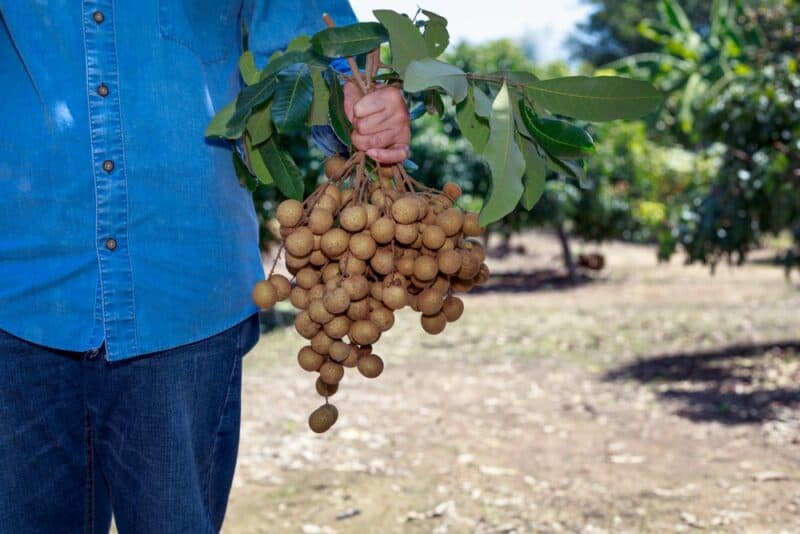
The best part of growing longans is, of course, when you get to harvest the fantastic fruits. The fruits on longans are round with a large seed in the center, though the size of the seed can vary depending on the cultivar. The flesh is sweet, juicy, and floral.
Longans need several years before they’ll start producing a harvest. Once they’re ready, you should start to see fruits in early to late spring and the harvest should be ready by mid to late summer. Some trees produce an off-season crop in the fall.
Longans are known for producing heavily one year and then lighter the following year. The harvest can also be impacted by temperatures during the year.
To harvest, clip away the clusters of fruits by hand. The fruits need to be ripe before you pluck them because they won’t mature off the tree.
Enjoy the fruits fresh, on yogurt or desserts, or made into chutney. You can also free or dehydrate the fruits to save for later.

